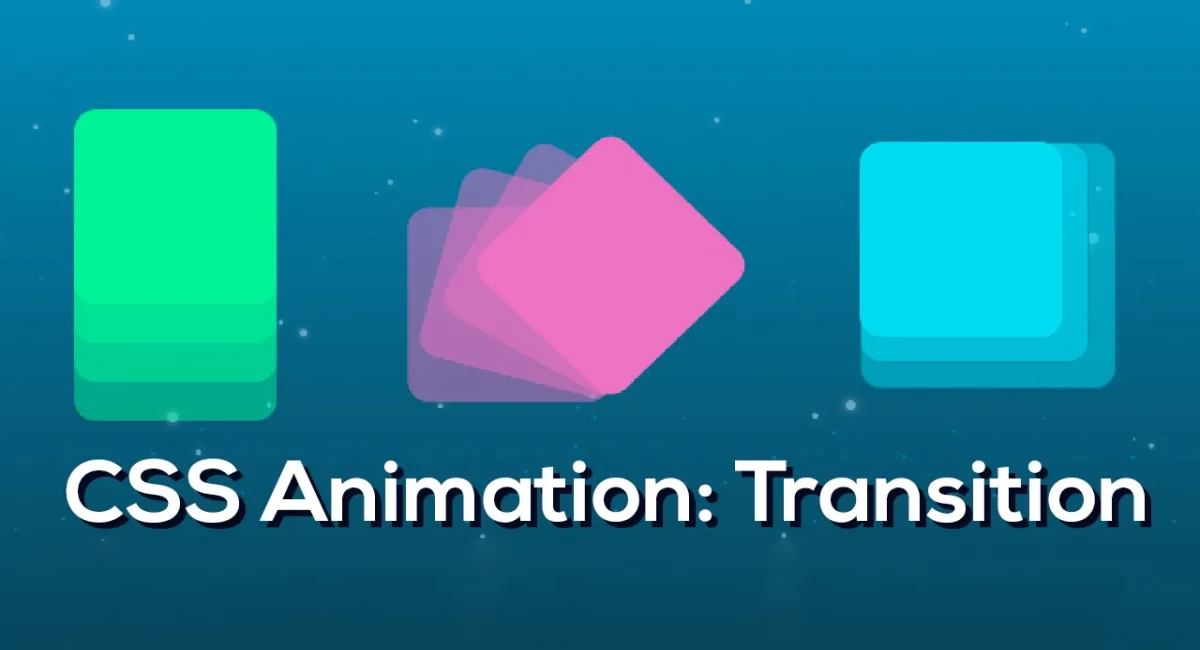Introduction:
In the world of web development, CSS (Cascading Style Sheets) plays a crucial role in styling and enhancing the visual appeal of websites. CSS Animation and Transitions are powerful tools that allow developers to bring elements to life, creating engaging and interactive user experiences. In this beginner's guide, we will explore CSS3 animations, CSS transitions, fade-in effects, Tailwind CSS animations, hover animations, CSS transition delays, and more, using HTML tags.
Understanding CSS Animation:
CSS Animation is a technique that enables you to animate HTML elements by specifying different styles and transitions over a specified period. It brings dynamic movement to static web pages, making them more visually appealing and interactive.
To create CSS animations, you need to define the animation keyframes, which are a set of styles that define the intermediate states during the animation. These keyframes describe how an element should appear at different points in time.
Let's consider a simple example of animating a div element's color from red to blue:
HTML:
<div class="box"></div>CSS:
.box {
width: 100px;
height: 100px;
background-color: red;
animation-name: colorChange;
animation-duration: 2s;
}
@keyframes colorChange {
0% {
background-color: red;
}
100% {
background-color: blue;
}
}In the above code, we create a div with a class name "box" and define its initial state with a red background color. Then, we specify the animation name as "colorChange" and set the duration to 2 seconds. The keyframes define the starting point (0%) and the ending point (100%) of the animation, where the background color changes from red to blue.
Understanding CSS Transitions:
CSS Transitions allow for smooth and gradual changes in an element's style over a specified duration. Unlike animations, which require keyframes, transitions are used to create simple effects such as fades, slides, and transformations.
To use CSS transitions, you need to define the specific property you want to transition, along with the duration and timing function. The timing function determines the acceleration and deceleration of the transition.
Let's create a simple example of a button with a hover effect:
HTML:
<button class="btn">Hover Me</button>CSS:
.btn {
background-color: blue;
color: white;
transition: background-color 0.3s ease;
}
.btn:hover {
background-color: red;
}In the above code, we define a button with a class name "btn" and set its initial background color to blue. By specifying transition: background-color 0.3s ease;, we tell the browser to apply a transition effect to the background color property, with a duration of 0.3 seconds and an ease timing function. When hovering over the button (:hover), the background color smoothly transitions to red.
Conclusion:
CSS Animation and Transitions are powerful tools that enable developers to add visually engaging and interactive elements to their websites. By using keyframes and transitions, you can bring static HTML content to life, creating dynamic and captivating user experiences. This beginner's guide provided a basic understanding of CSS Animation and Transitions, along with practical examples using HTML tags. Experiment with these techniques to unlock the full potential of CSS and enhance the visual appeal of your web projects.






Comments
No comments yet.
Add Comment